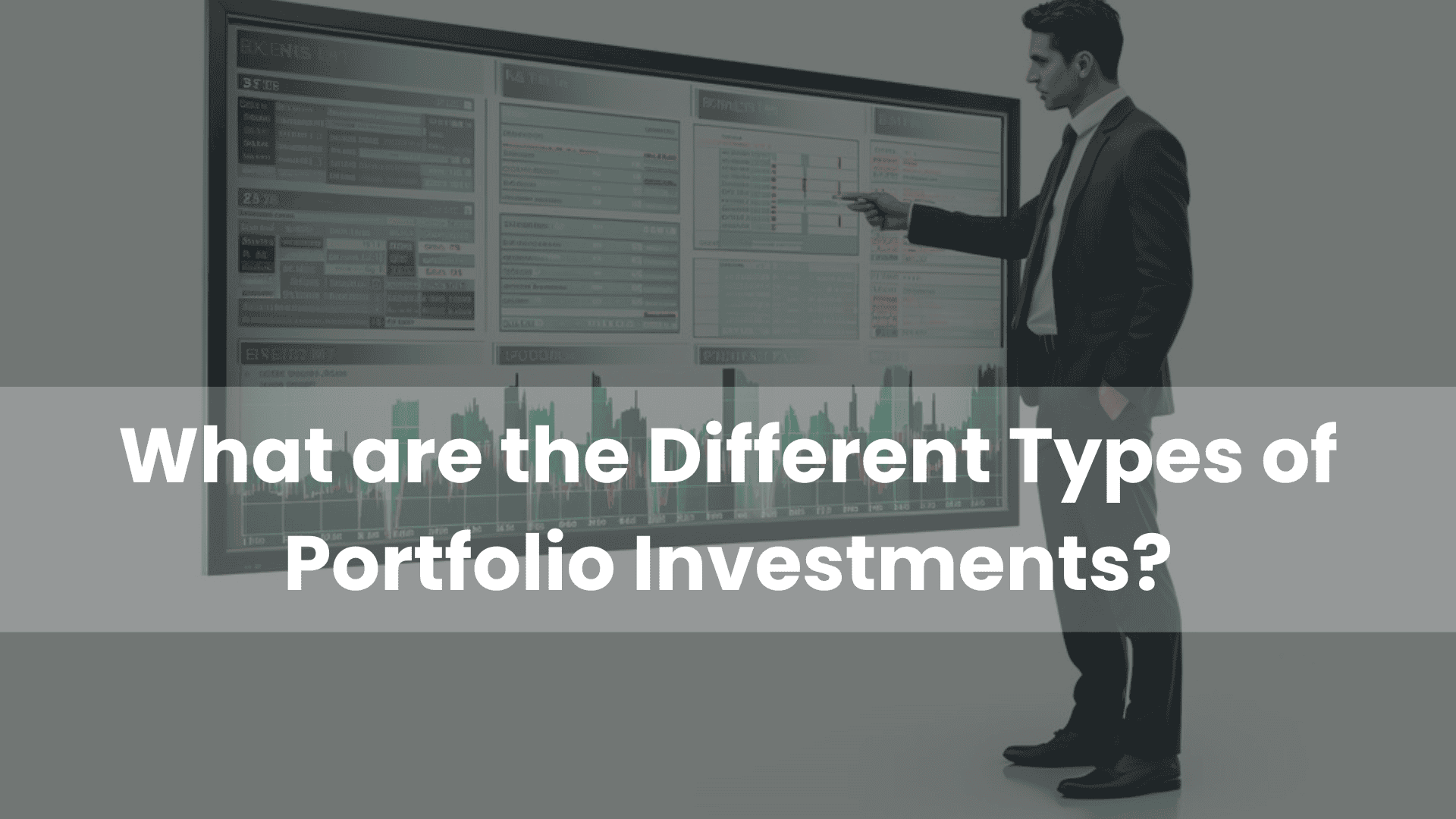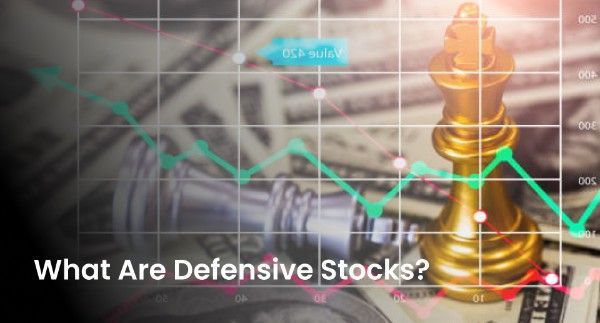What are the Different Types of Investment Portfolios?

Investing is a crucial part of financial planning. It is one of the most effective ways to build wealth over the long term. One of the most effective ways to create wealth is through a diversified investment portfolio. In this article, we are going to explore the different types of investment portfolios to help you understand the options available and guide you towards the right investment strategy for your financial goals.
What is an Investment Portfolio?
Now, before we delve into the various portfolio types, let us quickly try to understand the concept of an investment portfolio.
An investment portfolio is essentially just a collection of financial assets. These assets can include both market-linked and non-market-linked options, such as stocks, bonds, mutual funds, real estate, bank deposits, commodities, and other investment vehicles.
The primary purpose of an investment portfolio is to grow your wealth over time while managing risk through diversification. As a matter of fact, a well-structured investment portfolio always balances risk and reward according to your specific needs and preferences.
What are the Different Types of Investment Portfolios?
Investment portfolios are usually categorized on the basis of different factors, such as asset allocation, investment strategy, risk tolerance, and investment objectives, among others. Let us look at some of the most common investment portfolio types:
Growth Portfolio
A growth portfolio focuses primarily on the capital appreciation aspect and involves heavily investing (about 70% to 80% of the total investment capital) in equity stocks. Investors who opt for these types of investment portfolios often choose to include growth-oriented mutual funds, exchange-traded funds (ETFs), and other investment options like real estate and gold in their portfolios.
A growth portfolio aims to outperform the market and is suitable for investors who can withstand short-term market fluctuations in exchange for the potential for higher long-term returns.
Income Portfolio
An income portfolio is one of the more unique portfolio types since it is structured to generate a steady stream of income for the investor, often at the cost of capital appreciation. The key investments in an income portfolio include dividend-paying stocks, government and corporate bonds, real estate investment trusts (REITs), high-yield savings accounts, certificates of deposit (CDs), and fixed deposits.
An income portfolio prioritizes stable, regular income over capital appreciation, making it less risky but also offering lower growth potential. This is one of the many reasons why retired individuals and those fast-approaching retirement choose to opt for an income portfolio.
Value Portfolio
One of the few investment portfolio types that are based on an investment strategy, a value portfolio focuses on identifying undervalued assets in the market and investing in them. An asset is said to be undervalued if its current market price is lower than its intrinsic or fundamental value. A value portfolio is suitable for investors with patience and a long-term perspective since undervalued assets may take time to reach their full potential.
Balanced Portfolio
A balanced portfolio combines the elements of two different types of investment portfolios. In this case, it strikes a middle ground between growth and income portfolios. One of the key characteristics of a balanced portfolio is that it is flexible and can be adapted to reflect the investors’ needs and requirements.
For instance, some investors may choose to invest equally in both stocks and debt securities, whereas others may choose to invest 60% in stocks and 40% in debt securities. A balanced portfolio is suitable for investors with moderate risk tolerance who want some growth potential while also maintaining a degree of stability and income generation.
Aggressive Portfolio
An aggressive portfolio is one of the few types of investment portfolios based on risk. It is designed for investors with a high level of risk tolerance and a long-term investment horizon. A typical aggressive portfolio usually consists of a high allocation to equity stocks, often ranging from 80% to 100% of the total investment capital. It could also feature high-growth-oriented stocks that are potentially speculative in nature. This type of portfolio offers the highest potential returns but also comes with the highest level of risk and volatility.
Conservative Portfolio
A conservative portfolio prioritizes safety over capital appreciation and growth. It is suitable for risk-averse investors and those with a short investment horizon. A typical conservative portfolio includes a high percentage of bonds (around 70% to 80% of the total investment capital), fundamentally strong blue-chip stocks that pay dividends, cash and cash equivalents, and money market instruments. Although a conservative portfolio offers lower potential returns, it also provides more stability and very little risk of default or significant losses.
Speculative Portfolio
A speculative portfolio is one of the more unique portfolio types. It is designed for investors with a very high tolerance for risk and seeking potentially outsized returns. This type of portfolio involves a significant amount of risk and is not suitable for most investors. A typical speculative portfolio consists of investments in emerging market stocks and mutual funds, penny stocks and micro-cap stocks, and derivative contracts like futures and options.
Socially Responsible Portfolio
One of the more popular portfolio investment types in recent times, a socially responsible portfolio focuses on investing in companies that meet specific ethical or social responsibility criteria. Also known as an ESG (Environmental, Social, and Governance) portfolio, it usually includes companies with strong environmental practices, companies prioritizing renewable energy or sustainable technologies, and bonds issued for social impact projects.
Conclusion
Navigating the different types of investment portfolios may seem daunting initially. However, with a bit of understanding of the various types and how they align with different investor profiles, you can make informed investment decisions.
The key to successful investing lies not in choosing the best portfolio types but in selecting one that perfectly fits your unique circumstances. Your ideal portfolio should reflect your risk tolerance, investment timeline, financial goals, and personal values. It should also be flexible enough to evolve as your life circumstances change.
If you wish to construct an investment portfolio that matches your requirements, head over to Research 360 right now. Powered by Motilal Oswal, the platform features all of the tools you need to create a well-diversified investment portfolio.
From stock screeners that can help you filter stocks that fit your criteria to sector- and industry-wide analysis tools, Research 360 offers a host of useful features. That’s not all. The comprehensive stock analysis platform also has ready-to-invest baskets of stocks for investors of all risk appetites. Visit Research 360 today and transform the way you invest.

















